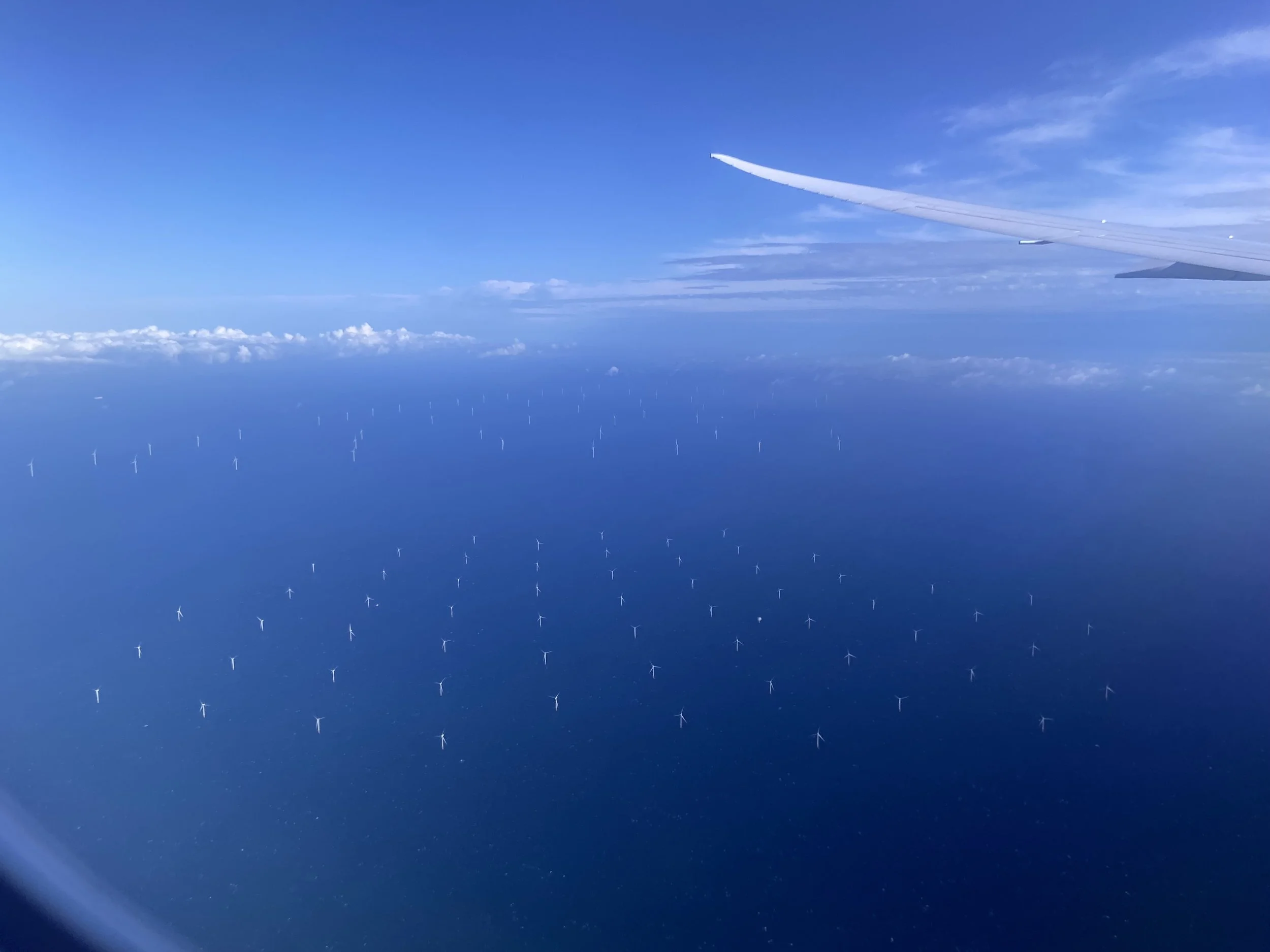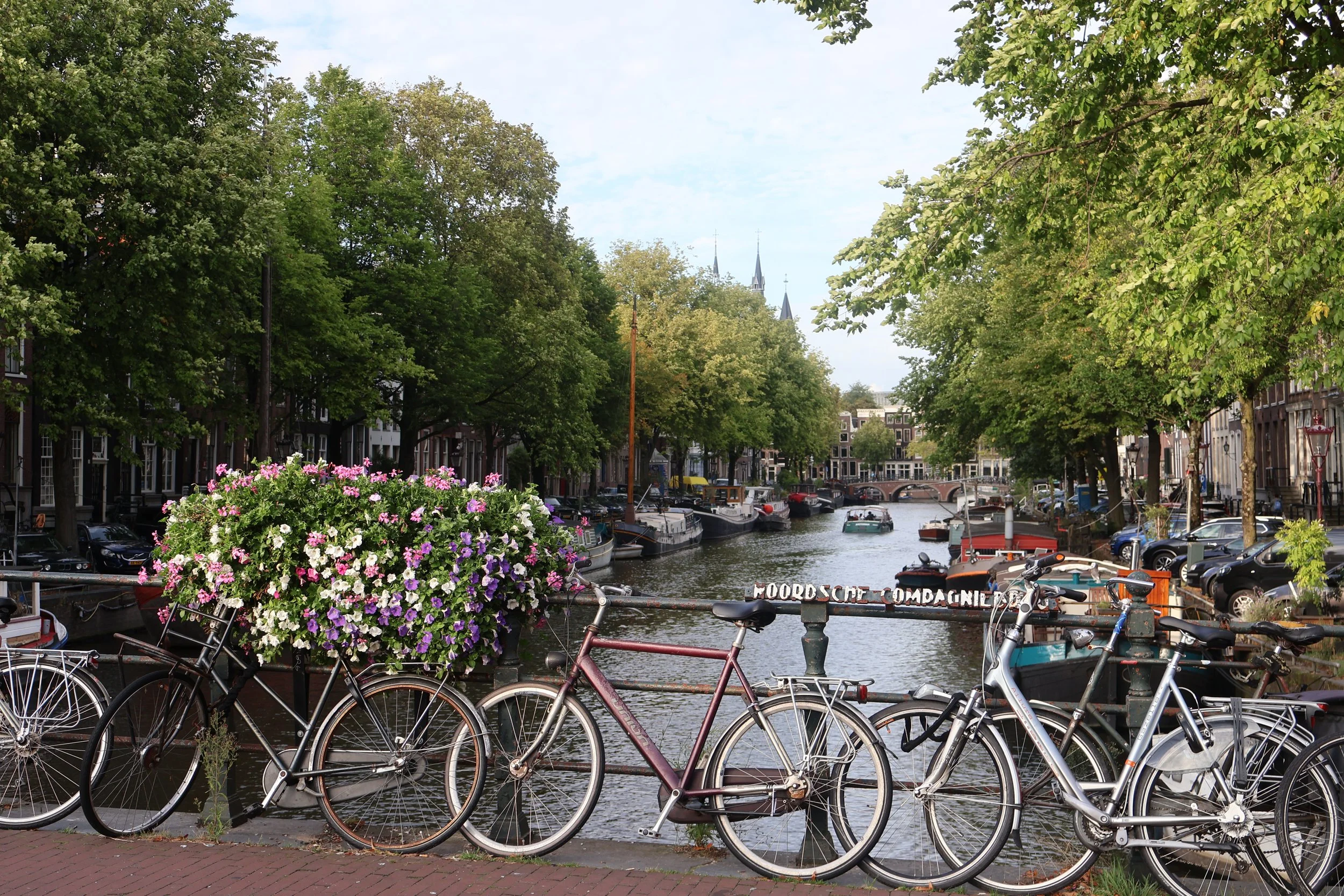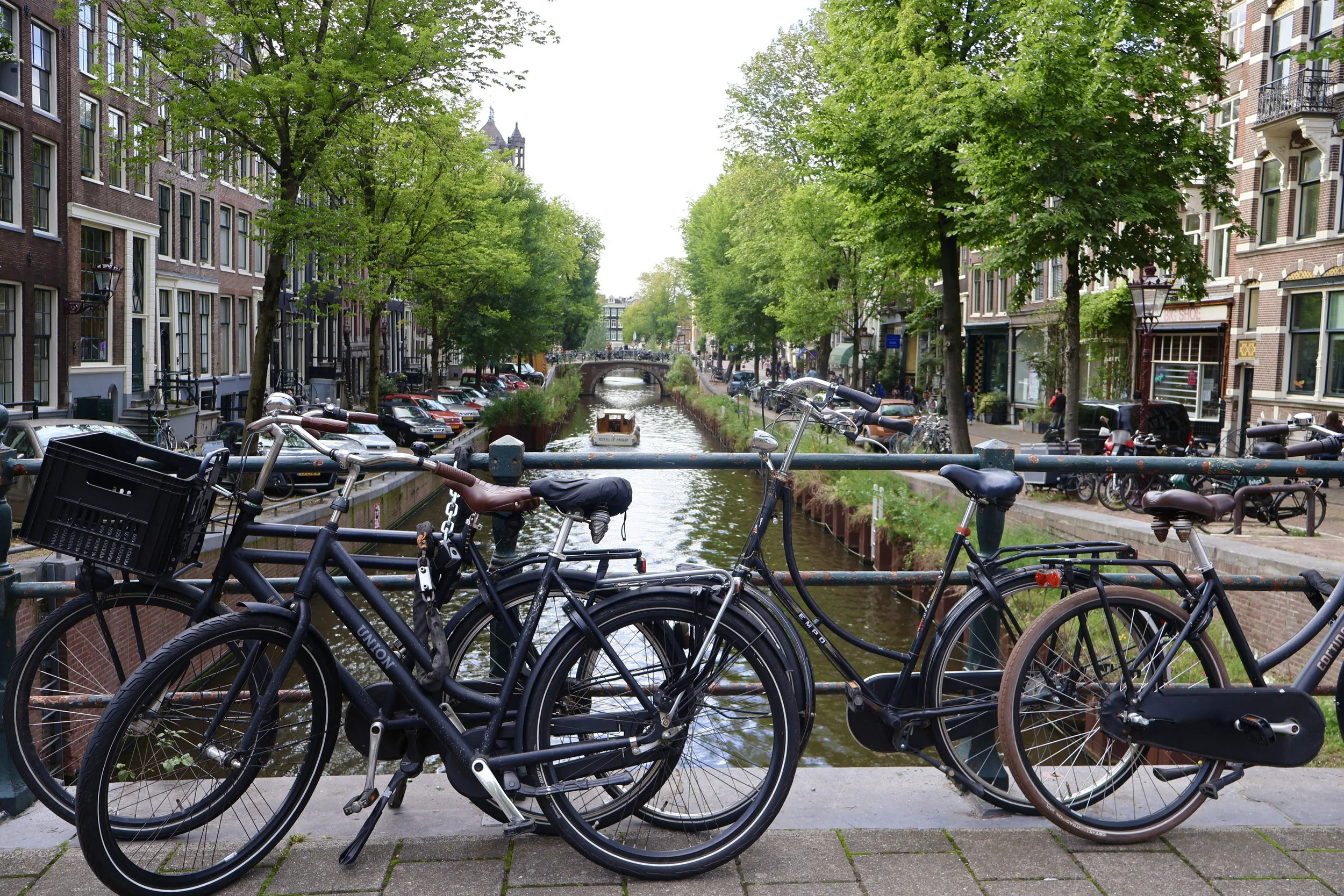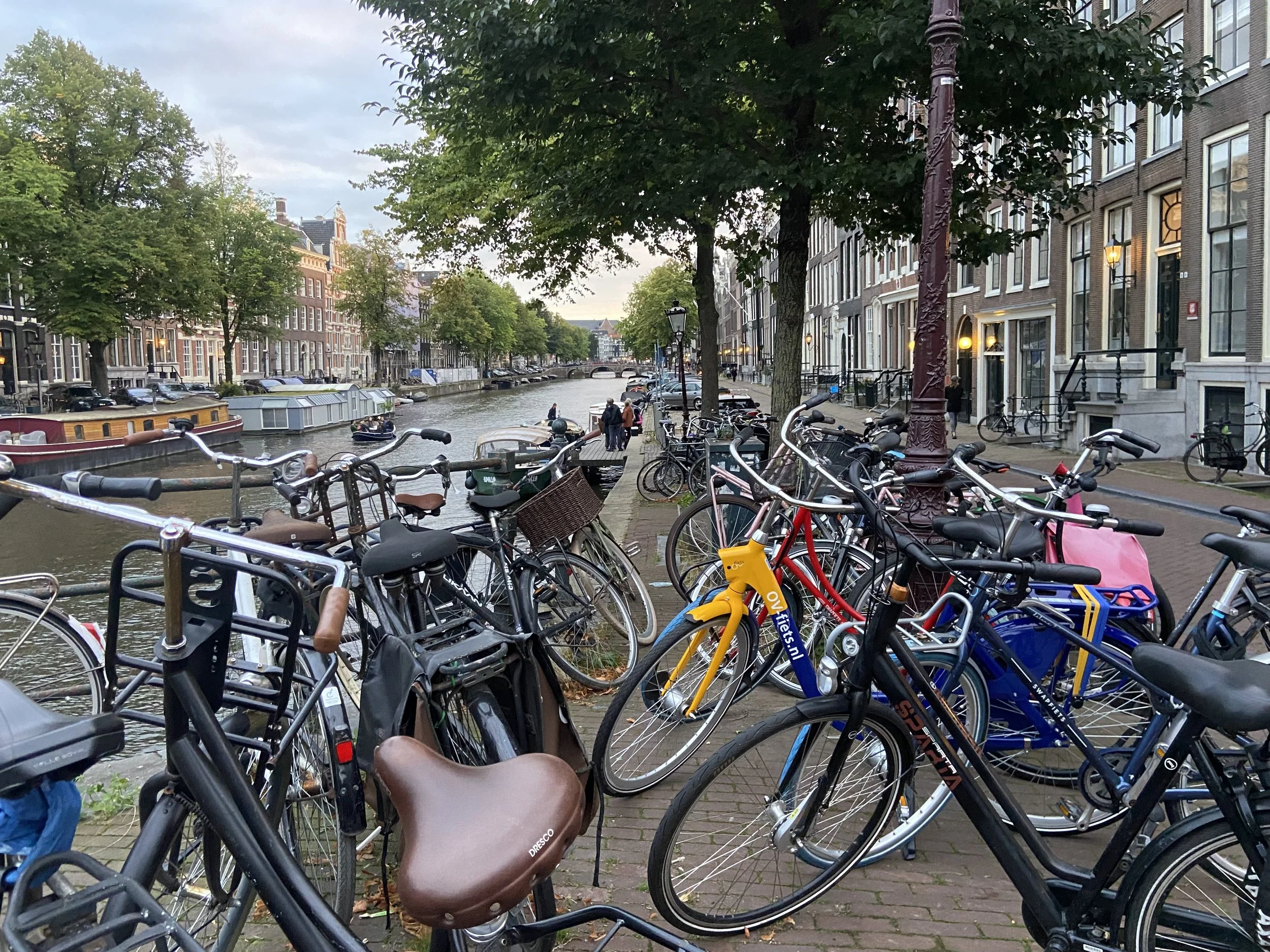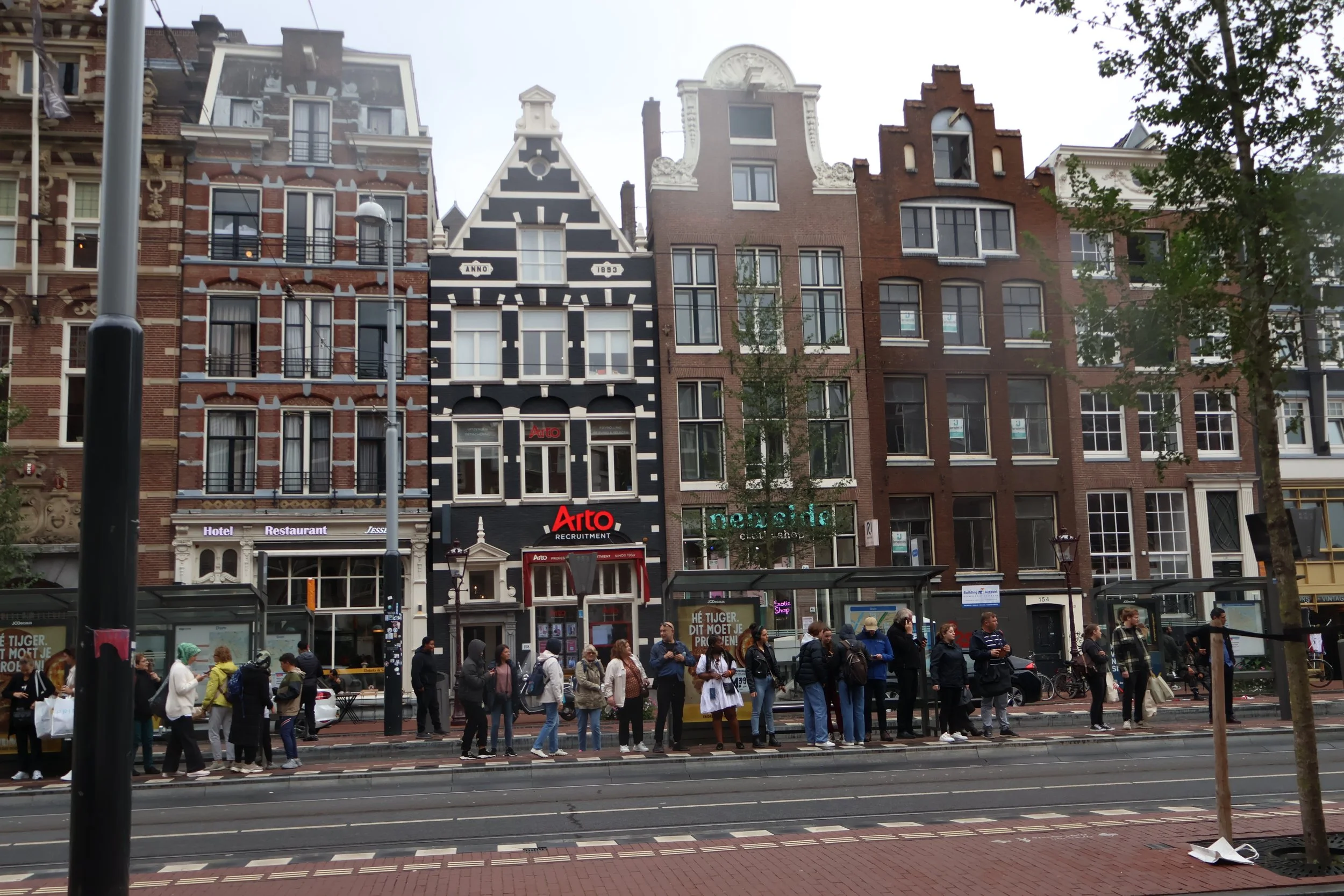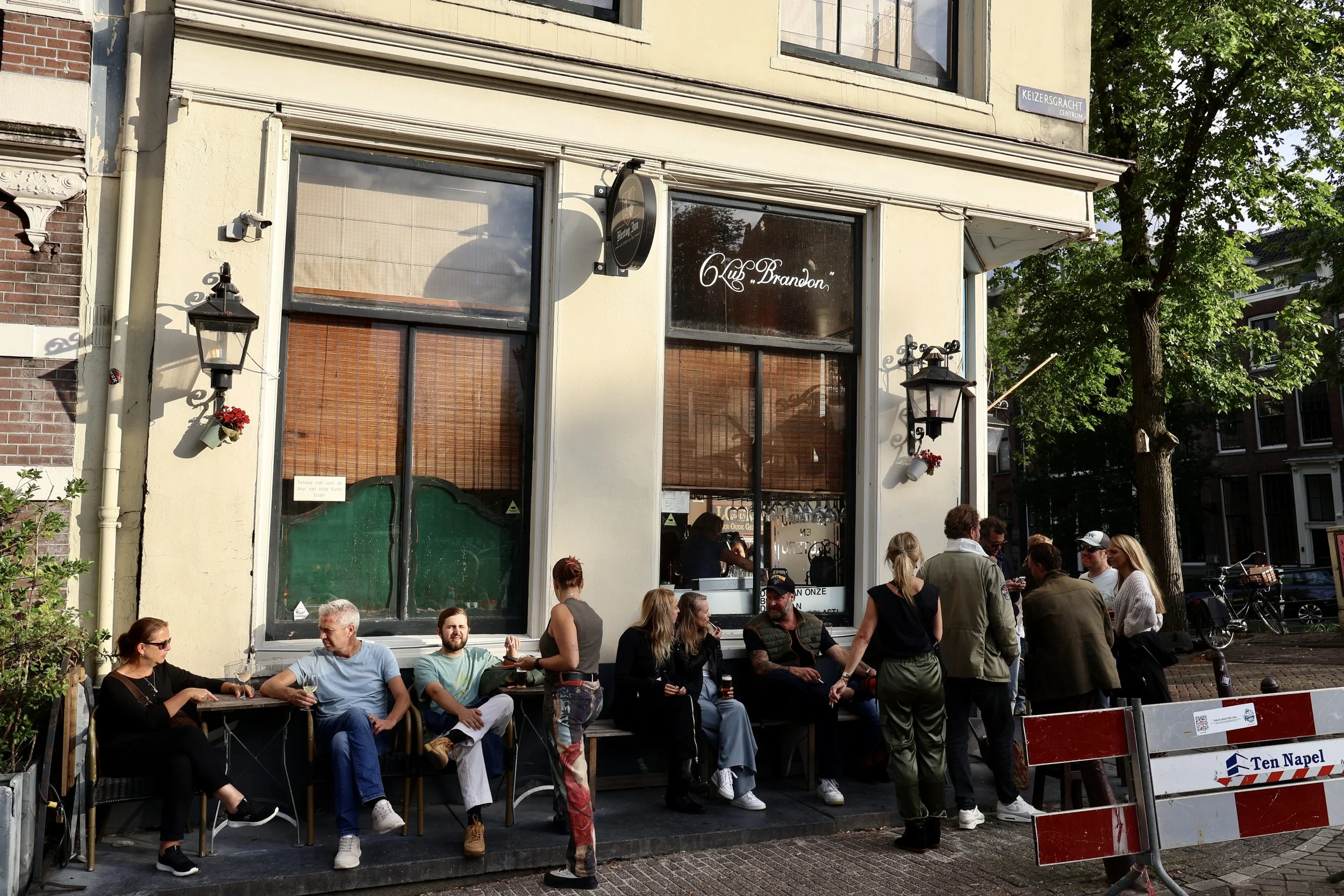Amsterdam: First Impressions
Except for the one male flight attendant that was brunette, the rest of the flight attendants on my flight to Amsterdam were the most naturally blonde women I have ever seen. Either that or they were all consistently diligent about touching up their roots. All the flight attendants shared the same perfectly flawless skin. Tan, but not overly tanned skin, and free of any spots, freckles, or blemishes. They greeted me gently, with a charmingly unfamiliar Dutch accent when asking whether I wanted the beef or vegetarian pasta. I can’t recall the last time I heard a Dutch accent, or if I had ever heard a Dutch accent before in person. Were these flight attendants intentionally hired by KLM Royal Dutch Airlines because of their attractiveness, so that they could provide foreigners like myself a lovely first impression of their country? Did all Dutch people seem this perfect? Did I find these flight attendants so attractive because of the way society has shaped my beauty standards to favor traits more commonly found in white, ethnically European people?
My window seat had buttons to choose how much light to let in. I pressed the up arrow to increase the lightness and saw, in the middle of the Atlantic Ocean below me, a windmill farm, that resembled the windmills along the highway on the drive to Palm Springs or Las Vegas. Did the states also have windmills out in the Pacific Ocean as well? Was this the first of the many examples that I would see of Europe’s more progressive effort in using renewable energy sources? I later looked it up and these offshore windmill farms exist in the US as well, some off the coast of New Jersey. The country with the most amount of offshore wind farms is China.
View of Netherlands offshore wind farm my flight to Amsterdam
I found the Amsterdam airport’s directions for public transportation clear and easy to follow. In New York, taking public transportation seemed like the mode of transportation for those who understandably did not want to cough up anywhere from $50 or even $100 more for an Uber or taxi. It’s not that people are against public transport, but depending on where you live in the city, the airport public trasnportation can be a real pain in the ass. I do love the subways for the people watching and fashion inspiration, but this does not cancel out the undeniable inconvenience of navigating this outdated underground system with luggage. Especially during the sweltering summer months, after carrying luggage up and down elevator and air conditioner less platforms, one would arrive at their destination drilling with sweat and completely spent. It was refreshing to see that the majority of the Dutch folk opted for the public transit route instead of cars. It did not matter if they looked like elderly woman coming from a weekend getaway, traveling business men dressed in ties and oxfords, or budget backpackers like myself. The large, bold signs for trains and buses made it feel like the airport was supporting you Yes! Follow these signs for the buses and trains to exit the airport. At JFK, the extensive route from the gates to the $8.25 AirTrain tram to then finally the subway, mode it feel like the the airport was almost dissuading you from taking the public transit, subtly whispering, are you sure you want to take the public transit? Just take the easier and more direct route via taxi.
Once I was in the airport train station and was riding the elevator down to the platform, I saw that my train for Amsterdam Centraal was about to leave. Just coming back from New York, I though oh, I just hurry onto the train before the doors shut, just like how I and every other New York resident would do if they saw their train was about to leave the platform. Instead the Dutch conductor whistled and yelled at me to get off. I was no longer in the chaotic city where everyone fiercely fended for themselves. It was a reminder that I was in a new country, a new continent, where customs were different and public transit was a more orderly process where conductors seemed to care enough of about your safety to stop you from scrambling onto a train whose doors were about to shut.
Amsterdam looked just as I imagined it to be. The countless number of instagram posts I had seen of people’s Amsterdam visits provided me a baseline of what to expect. Quant buildings with long windows stood directly next to one another like friends linking arms to keep warm. These buildings overlooked the canals just as how the pictures I had seen depicted. Crowded streets were void of trash and cars to make way for more benches, walkways, and outdoor cafes. Bikes looked like they were napping along the rails of the canal bridges, waiting until their owners needed transport to the next destination. Even though the city was how I imagined it to be, there was something still special about being there. I heard more different languages spoken than I ever remember hearing in one place, indicating how popular of a tourist destination Amsterdam was. What did surprise me though was how despite how many languages and accents I heard, I don’t think I heard Korean spoken once. During my entire three and half days in Amsterdam, the only Koreans I noticed was a couple probably in their 50s. And apart from the one Chinese tour group, I think I saw only about five other Asian tourists. Of all the metropolitan cities I had ever been to, this was the least number of Asians I had ever seen.
Wheelbarrow wagon to transport child, grandma, coffee table, or whatever else will fit
To everyone who knows me, it would probably be no surprise that my favorite part of the city was the bikes. I had heard countless times that Amsterdam was considered the biking capital of the world. Still, I was mesmerized by the way that the bikes were so integrated into daily life, as if they were the blood running through the city’s veins, keeping the city alive and functioning. I did not mind dodging parents pushing what looked like an attached almost wheelbarrow at the front of their bike to carry their kids in, or the teenager speeding on his e-bike while the girlfriend rode her own regular bike, but with her hand on her boyfriend’s shoulder to be pulled by his e-bike. I even saw a lady biking with a roll of toilet paper under one arm and a bag of groceries hanging from the handlebars.
The city already had excellent public transportation. How did this Dutch metropolis normalize biking to be the primary mode of transportation? Was it possible for New York, San Luis Obispo, San Francisco, or other cities that I’d visited to be as bike accessible? New York did seem way too crowded already to introduce bikes. People did ride bikes in SLO and SF, but their hilly landscape did seem to make it too strenuous and even unsafe for biking to be more accessible.
Folks waiting for the bus to come
Folks enjoying drinks, good company, and at a sunset at a corner cafe
